Permanent Human Settlement on Mars by 2033: Mars One Mission
When American astronaut Neil Armstrong, 240k miles from Earth, speaks these words to more than billions of people listening at home: “That's one small step for man, one giant leap for mankind.” Stepping off the lunar landing module Eagle, is known as best historical time for humans. The whole Mission competed in 1969 but now we are in 2018 with more powerful technology. So I want to introduce you with Mars One Project.
Mars One Project

Mars one project is aims to establish a permanent human settlement on marsh. This mission is funded by Bas Lansdorp and Arno Wielders in 2011. Bas Lansdorp and Arno Wielders both belongs to Netherlands. Famous companies SpaceX, Blue Origin, ULA, smaller companies like Firefly, RocketLab, and many more are working to increase competition in launching mass into Earth orbit.
Team
Bas Lansdorp: M.Sc., Co-Founder & Chief Executive Officer (The Netherlands)
Arno Wielders: M.Sc., Co-Founder & Chief Technical Officer (The Netherlands)
Norbert Kraft: M.D., Chief Medical Officer (USA)
Bryan Versteeg: Mission Concept Artist (Canada)
KC Frank: Senior Marketing Strategist (USA)
Tom Van Braeckel: M.Comp.Sc., Chief Web Officer (Belgium)
Roadmap

2011: Foundation - In 2011 Mars one project is founded by Bas Lansdorp and Arno Wielders after discussion meetings with potential aerospace component suppliers in the United States, Canada, Italy, and the United Kingdom.

2013: Started crew selection - In April 2013, the Astronaut Selection Program was launched at press conferences in New York and Shanghai. The selection program required an online application and proceeded with video applications and personal interviews.
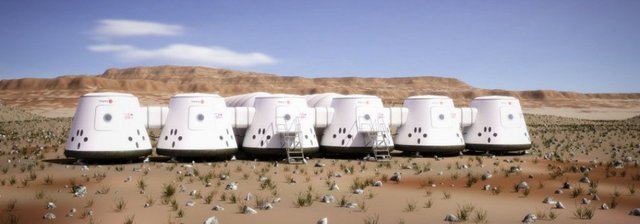
2017: Started training crew members - The first teams of candidates are expected to be selected and start training in 2017. They will train together until the launch in 2031. The group's ability to deal with prolonged periods of time while sequestered in a remote location will be the most important part of their training. Thus, they will learn how to repair components of the habitat and rover, train in medical procedures, and learn to grow food in the habitat.
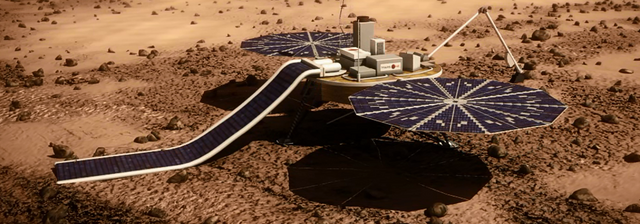
2019: Demo Mission - A demonstration mission to Mars will be launched to provide proof of concept for some of the technologies that are crucial for Mars One’s human mission to Mars. Beyond launch and landing on Mars, the mission will prove several important technologies for Mars One’s human mission. The lander payload will include:
- A camera to enable a video stream from Mars to Earth.
- A water extraction experiment to confirm that water can be extracted from the Martian soil, one of the most critically important aspects of human life on Mars.
- A thin film solar panel experiment testing multiple brands and types of thin film solar panels for their suitability in providing enough renewable energy to maintain and grow the settlement.
- A payload selected from the entries of universities worldwide.
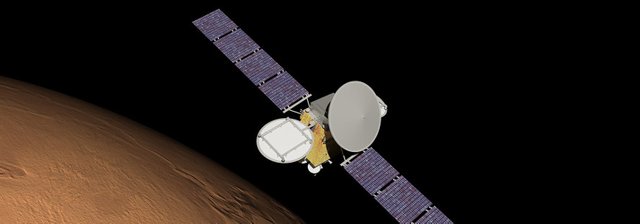
2024: Launch of Communications Satellite - A communications satellite will be launched to Mars where it will be placed into stationary Mars orbit. This satellite will enable communications between Earth and Mars and relay images, videos, and other data from the Mars surface on a 24/7 basis, except when the sun is between the two planets.
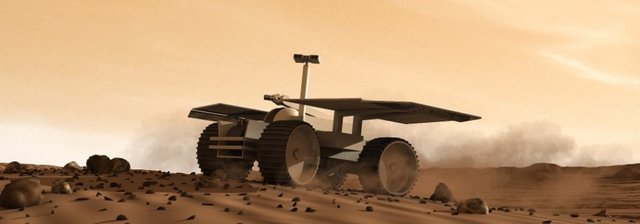
2026: Launch of a Rover and a Communications Satellite- A rover and a trailer will be launched to Mars. The rover will use the trailer to transport the landing modules to the outpost location. It will drive around the region to find the best location for the settlement and will prepare that area for arrival of the cargo missions. Read more about the Mars One rover.

2029: Launch of 6 cargo mission- Six cargo missions will be launched to Mars, containing a second rover, two living units, two life support units, and a supply unit. The six cargo units will land up to 10 km away from the outpost on Mars, using a rover signal as a beacon.
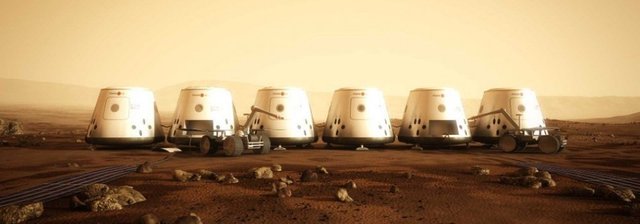
2030: Outpost Operation- The rover will pick up all cargo units using a trailer, starting with the first life support unit. The rover will place it in the correct location, and deploy the thin-film solar panels to power the the life support unit. The rover will then be able to connect to the life support unit to recharge its batteries much faster than using only its own panels, allowing it to work more effectively. The rover will pick up all other cargo units and deploy the thin-film solar panel of the second life support unit and the inflatable sections of both living units.

2031: Departure of crew 1 for mars- After receiving the green light on the status of all systems on Mars, the Mars Transit Vehicle (MTV) will be prepared for the journey to Mars. Once that has been successfully completed, the first fully trained Mars crew will be launched into the same Earth orbit to switch places with the assembly crew, which will descend back to Earth.
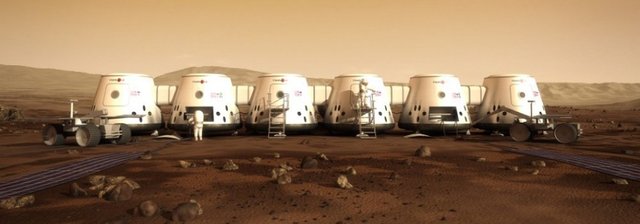
2032: Landing crew one on mars- Approximately twenty-four hours before landing, the crew will move from the transit habitat into the landing module, bringing some of the supplies from the transit habitat. The landing module will then detach from the transit habitat, which is too large to land on Mars. The transit habitat is discarded and stays in orbit around the sun.
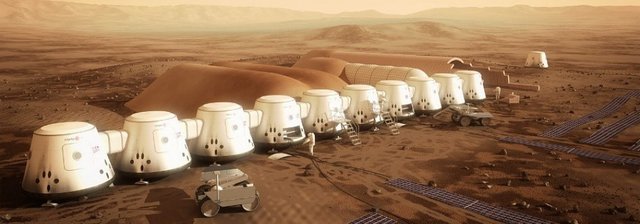 2033: Departure of crew 2- The second crew will depart from Earth and the cargo modules for the third crew will be launched. When the astronauts land on Mars, they will be welcomed by the first crew.
2033: Departure of crew 2- The second crew will depart from Earth and the cargo modules for the third crew will be launched. When the astronauts land on Mars, they will be welcomed by the first crew.
Mars one mission cost
One of the key features of the Mars One programme is that Mars One is not designing, building and testing the required hardware for bringing people to Mars. They had contracts with Lockheed Martin and Paragon Space Development Corporation to look at our first mission and life support systems respectively. Lockheed Martin has been contributing to 90% of all the NASA missions to Mars in the last 30 years and have the most experience in bringing payloads to Mars. Paragon has been involved in studies and hardware projects for NASA, and involved with commercial spaceflight providers for the last 20 years. They are viewed as the experts in life support systems. In the programmes that these companies are involved in they are using the same standards and procedures that are used in NASA projects. So whatever project these companies will be doing for Mars One, they will have standards and procedures for proper hardware development.
The difference between their mission costs compared to other organizations still remains to be seen, however based on our first estimates, 6 billion is needed for the first four people to fly. Of course, Mars One will continue to detail the cost estimates to get a higher fidelity. This means that total cost might change, but certainly not by a large factor.
Problems in Mars One Mission
This is only one way mission and that's biggest problem for crew members, due to lack of resources its not possible to take crew members back on earth now but the development team is working on it so maybe in future they may find some solutions to take crew members back hope they find it soon.
if you find my work useful then please upvote, comment and follow me for more informative post. @jskvishal
i will go mars if it possible
Ohh really, I am also want to go there!!!
Nice work here! Fun fact my brother shares a name with Mr Armstrong.
Very entailed post my friend! I love anything to do with surface so I loved it!! 😊
Your most welcome!!!
Very nice post! I think anything is possible.
Yeah surely!!
Your Post Has Been Featured on @Resteemable!
Feature any Steemit post using resteemit.com!
How It Works:
1. Take Any Steemit URL
2. Erase
https://3. Type
reGet Featured Instantly – Featured Posts are voted every 2.4hrs
Join the Curation Team Here